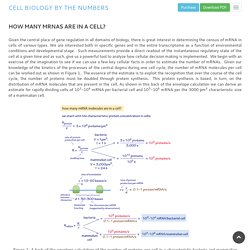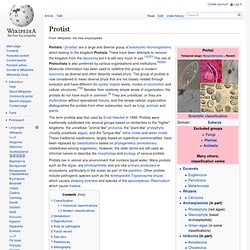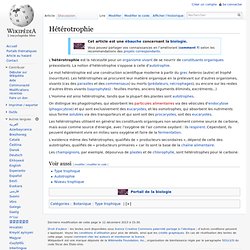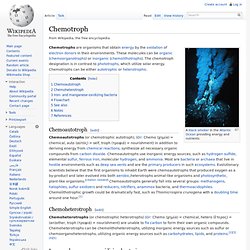

Cell biology by the numbers. Given the central place of gene regulation in all domains of biology, there is great interest in determining the census of mRNA in cells of various types.

We are interested both in specific genes and in the entire transcriptome as a function of environmental conditions and developmental stage. Such measurements provide a direct readout of the instantaneous regulatory state of the cell at a given time and as such, give us a powerful tool to analyze how cellular decision making is implemented. We begin with an exercise of the imagination to see if we can use a few key cellular facts in order to estimate the number of mRNAs.
Given our knowledge of the kinetics of the processes of the central dogma during one cell cycle, the number of mRNA molecules per cell can be worked out as shown in Figure 1. The essence of the estimate is to exploit the recognition that over the course of the cell cycle, the number of proteins must be doubled through protein synthesis. Primary production. Global oceanic and terrestrial photoautotroph abundance, from September 1997 to August 2000.

As an estimate of autotroph biomass, it is only a rough indicator of primary production potential, and not an actual estimate of it. Provided by the SeaWiFS Project, NASA/Goddard Space Flight Center and ORBIMAGE. The maps above show Earth's monthly net primary productivity from February 2000 to December 2013. The data come from the Moderate Resolution Imaging Spectroradiometer (MODIS) on NASA’s Terra satellite. Values range from near 0 grams of carbon per square meter per day (tan) to 6.5 grams per square meter per day (dark green). Primary production is the synthesis of organic compounds from atmospheric or aqueous carbon dioxide. Overview[edit] Primary production is the production of chemical energy in organic compounds by living organisms.
CO2 + H2O + light. Protist. Protists live in almost any environment that contains liquid water.

Many protists, such as the algae, are photosynthetic and are vital primary producers in ecosystems, particularly in the ocean as part of the plankton. Other protists include pathogenic species such as the kinetoplastid Trypanosoma brucei, which causes sleeping sickness and species of the apicomplexan Plasmodium which cause malaria. Classification[edit] Historical classifications[edit] In 1938, Herbert Copeland resurrected Hogg's label, arguing that Haeckel's term protista included anucleated microbes such as bacteria, which the term "Protoctista" (literally meaning "first established beings") did not.
Some protists, sometimes called ambiregnal protists, have been considered to be both protozoa and algae, and names for these have been published under either or both of the ICN and the ICZN.[16][17] Productivité primaire. Un article de Wikipédia, l'encyclopédie libre.

Abondance des producteurs primaires terrestres et océaniques, de septembre 1997 au mois d'août 2000. Estimée en tant que biomasse autotrophe, c'est un indicateur approximatif de la production primaire potentielle. Issu du projet SeaWiFS, de la NASA/Goddard Space Flight Center et de ORBIMAGE. La productivité primaire traduit la vitesse à laquelle se forme par unité de temps, une quantité donnée de matière organique à partir de matière minérale et d'un apport d'énergie. C'est un flux exprimé en masse de carbone assimilé par unité de temps[1]. Autotrophie. Un article de Wikipédia, l'encyclopédie libre.

Hétérotrophie. Un article de Wikipédia, l'encyclopédie libre.

L’hétérotrophie est la nécessité pour un organisme vivant de se nourrir de constituants organiques préexistants. La notion d'hétérotrophie s'oppose à celle d'autotrophie. Le mot hétérotrophie est une construction scientifique moderne à partir du grec heteros (autre) et trophê (nourriture). Les hétérotrophes se procurent leur matière organique en la prélevant sur d'autres organismes, vivants (cas des parasites et des commensaux) ou morts (prédateurs, nécrophages), ou encore sur les restes d'autres êtres vivants (saprophytes) : feuilles mortes, anciens téguments éliminés, excréments...) L'Homme est ainsi hétérotrophe, tandis que la plupart des plantes sont autotrophes. Phototroph. Terrestrial and aquatic phototrophs: Plants grow on a fallen log floating in algae-rich water.

Phototrophs (Gr: φῶς, φωτός = light, τροϕή = nourishment) are the organisms that carry out photon capture to acquire energy. They use the energy from light to carry out various cellular metabolic processes. It is a common misconception that phototrophs are obligatorily photosynthetic. Many, but not all, phototrophs often photosynthesize: they anabolically convert carbon dioxide into organic material to be utilized structurally, functionally, or as a source for later catabolic processes (e.g. in the form of starches, sugars and fats). All phototrophs either use electron transport chains or direct proton pumping to establish an electro-chemical gradient which is utilized by ATP synthase, to provide the molecular energy currency for the cell. Photoautotroph[edit] Most of the well-recognized phototrophs are autotrophic, also known as photoautotrophs, and can fix carbon.
Chemotroph. Chemotrophs are organisms that obtain energy by the oxidation of electron donors in their environments.

These molecules can be organic (chemoorganotrophs) or inorganic (chemolithotrophs). The chemotroph designation is in contrast to phototrophs, which utilize solar energy. Chemotrophs can be either autotrophic or heterotrophic.